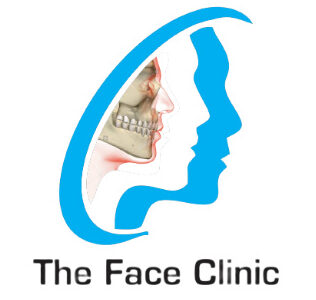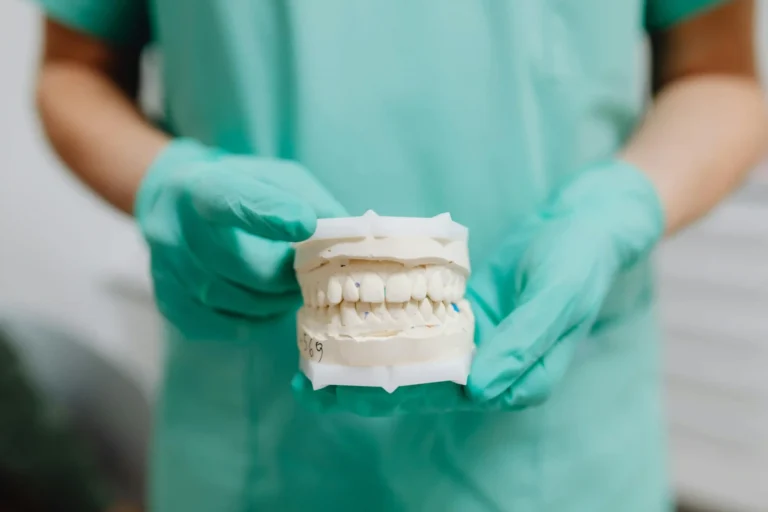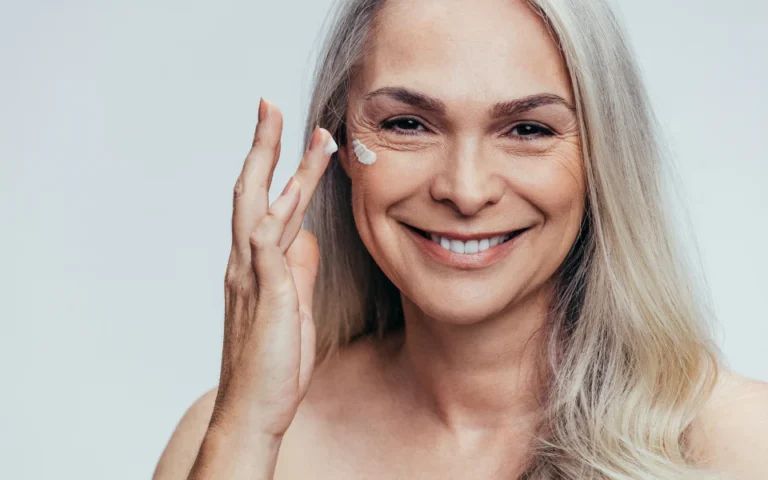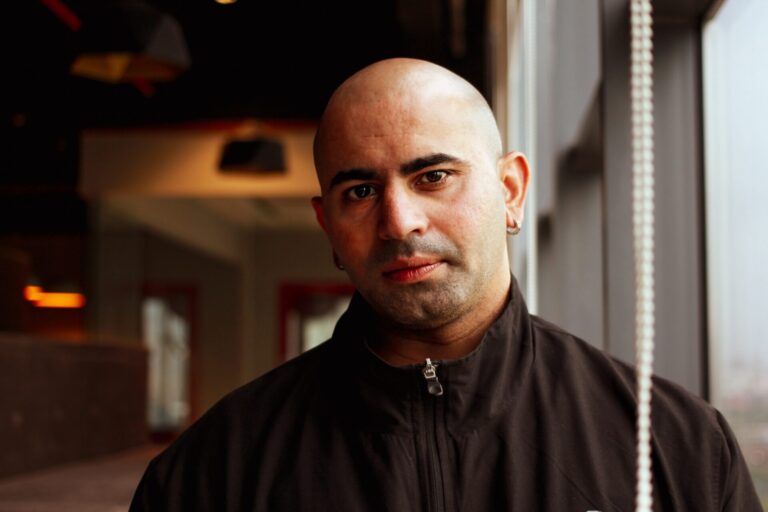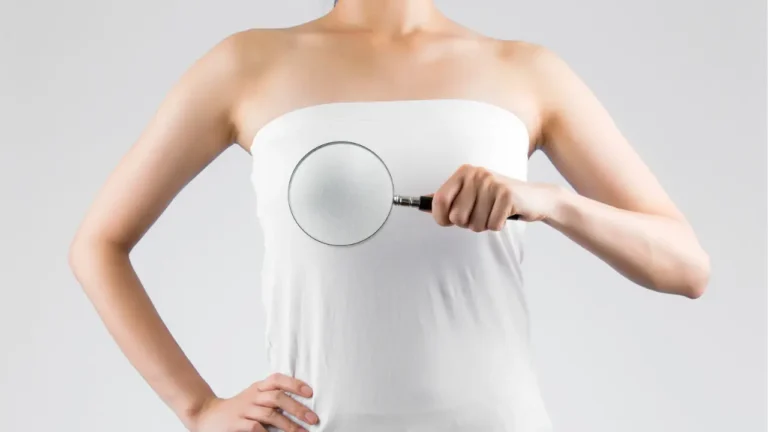Nasal turbinates hypertrophy refers to the enlargement or swelling of the turbinate, which are structures inside the nasal passages. The turbinates are bony structures covered with a layer of tissue called mucosa. They play a role in filtering, humidifying, and warming the air we breathe.
When the turbinates become hypertrophied, it means they have swollen due to inflammation or other factors. This can cause nasal congestion, difficulty breathing through the nose, and other symptoms. The swelling can be due to various reasons, including chronic allergies, sinus infections, or environmental irritants.
Treatment for nasal turbinates hypertrophy may include medications like nasal corticosteroids, decongestants, or saline nasal sprays to reduce inflammation and improve airflow. In more severe cases, surgical options might be considered to reduce the size of the turbinates.
What Are Nasal Turbinates?
Nasal Turbinates are long, curved and thin bones lined by mucous membrane in the the nasal passages. They play a important role in
- Warming the air with body temperature, maintain the humidity of the air
- Filtering the dust bacteria and other particles from the air we breathe with the help of their mucous membranes and ensuring that air enters the lungs smoothly and efficiently.
Nasal Turbinate Hypertrophy
Turbinate hypertrophy occurs when the bony structures inside the nose, covered with mucosa, excessively grow or enlarge. These structures, called turbinates, help filter, warm, and humidify the air we breathe.
The mucosa naturally swells during the nasal cycle, when lying down, and in response to allergens or irritants. Enlarged turbinates can obstruct airflow, leading to breathing difficulties.
The nasal cavity contains three types of turbinates: superior, middle, and inferior. The middle and inferior turbinates are most prone to enlargement, causing enlarged.
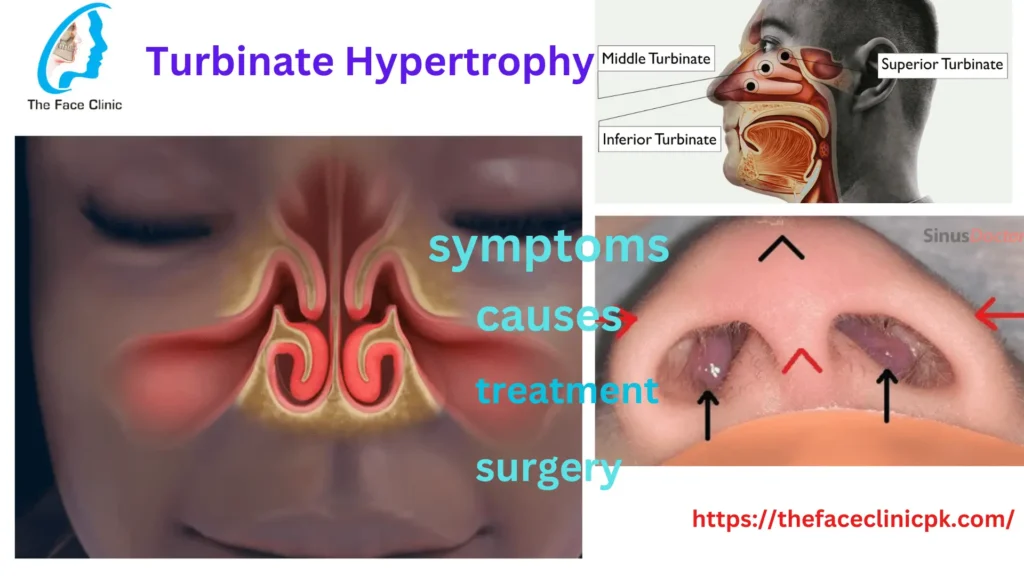
Symptoms Of Turbinate Hypertrophy
Here are some signs and symptoms of turbinate enlargement .
Breathing Difficulties
- Congestion and breathing challenges
- Noisy breathing and mouth breathing during sleep
- Snoring
Nasal Symptoms
- – Nasal stuffiness, blockage, and congestion
- – Increased nasal drainage and runny nose
- – Altered sense of smell
- Chronic post nasal drip
Facial Discomfort
- Forehead pressure and mild facial pain
- Dry mouth upon awakening due to mouth breathing during sleep
Causes
Infections
- – Upper respiratory infection (common cold)
- – Acute sinus infection
- – Chronic rhinosinusitis
Rhinitis
- – Allergic rhinitis
- – Non-allergic rhinitis
Other factors
- – Hormonal changes
- Sinus infections
- Medications ( . Antidepressants Anti-anxiety medications
- . Nasal sprays containing oxymetazoline or phenylephrine (overuse or prolonged use)
- Oral contraceptives
- . Antihistamines
Treatment & Management
To effectively treat turbinate hypertrophy, it’s essential to identify the underlying cause. Consult with your primary care provider or one of our ENT specialists for a proper diagnosis and treatment plan. The treatment plan for nasal turbinates hypertrophy typically involves a combination of medical management and, in some cases, surgical intervention. The specific approach depends on the severity of the condition and the underlying cause. Here’s a general overview:
Depending on the cause, treatment options may include: Nasal saline sprays , Nasal antihistamine sprays, Nasal steroid sprays , Allergy immunotherapy
By targeting the root cause, these treatments can help alleviate symptoms and reduce turbinate hypertrophy.
Medical Management:
- Nasal Corticosteroids: These are often the first-line treatment for reducing inflammation and swelling in the turbinates. Common examples include fluticasone, mometasone, and budesonide.
- Nasal Decongestants: These can help reduce swelling and improve airflow. They can be used as nasal sprays (e.g., oxymetazoline) or oral medications. However, nasal decongestant sprays should not be used for more than a few days at a time to avoid rebound congestion.
- Saline Nasal Sprays: These help keep the nasal passages moist and can flush out mucus and irritants. They are generally safe for long-term use.
- Antihistamines: If allergies are contributing to the turbinate hypertrophy, antihistamines (such as cetirizine or loratadine) can help control allergic reactions and reduce nasal symptoms.
- Allergy Treatments: Identifying and avoiding allergens or using allergy shots (immunotherapy) may be recommended if allergies are a significant factor.
2. Lifestyle and Home Remedies:
- Humidifiers: Using a humidifier in your home can help keep the nasal passages moist, which may reduce symptoms.
- Nasal Irrigation: Techniques like nasal saline rinses or neti pots can help clear mucus and reduce inflammation.
- Avoid Irritants: Reducing exposure to irritants such as smoke, strong odors, or pollution can help alleviate symptoms.
3. Surgical Options:
- Turbinate Reduction Surgery: If conservative treatments are not effective, surgical options might be considered. This can involve various techniques to reduce the size of the turbinates, such as:
- Submucosal Resection: Removing part of the turbinate bone while preserving the mucosal lining.
- Radiofrequency Ablation: Using radiofrequency energy to shrink the turbinate tissue.
- Laser Surgery: Using a laser to reduce turbinate size.
- Septoplasty: If a deviated septum is also contributing to the problem, correcting it with septoplasty may be necessary to improve airflow.
Precautions at Home for Nasal Turbinate Hypertrophy
To alleviate swollen turbinate symptoms, try these natural remedies:
- Flush out nasal passages with a saline solution to reduce swelling and congestion through nasal saline irrigation.
- Inhale warm, moist air to loosen mucus and shrink turbinate swelling with steam inhalation.
- Maintain a healthy moisture level in the air with humidifiers to prevent dryness and congestion.
- Stay hydrated by drinking plenty of water to thin out mucus and promote smooth drainage.
These remedies aim to reduce swelling, loosen mucus, and promote healthy nasal function to alleviate turbinate hypertrophy symptoms.
Surgical Intervention
If medications fail to alleviate symptoms, surgical intervention may be necessary to reduce the size of the turbinates. This procedure, typically performed through the nostrils, can be done under local or general anaesthesia on an outpatient basis.
The goal of surgery is to improve nasal airflow while preserving turbinate function. Various surgical techniques are available, and the choice of procedure depends on the individual case, severity of turbinate hypertrophy, and the ENT specialist’s recommendation.
Some procedures can be performed in-office using specialised devices that reduce turbinate size while preserving the mucosa, minimising visible signs of surgery and promoting quicker recovery. Additionally, surgery may be combined with following procedures, to address related nasal obstructions. Book your appointment at The Face Clinic.
- Turbinoplasty: Reshapes the turbinate bones to improve breathing.
- Turbinate Resection: Removes part or all of the turbinate bone.
- Radiofrequency Ablation (RFA): Uses heat to shrink the turbinate tissue.
- Laser Turbinoplasty: Uses a laser to reduce the size of the turbinate bones.
- Submucosal Turbinate Reduction: Removes tissue from inside the turbinate bone.
- Cryotherapy: Freezes the turbinate tissue to reduce its size.
- Endoscopic Turbinate Surgery: Minimally invasive procedure using an endoscope.
4. Follow-up and Monitoring:
- Regular follow-up with a healthcare provider to monitor the condition and adjust treatment as needed.
When Consulting Your Doctor, Consider Asking The Following Questions
- What is the underlying cause of my turbinate hypertrophy?
- Which treatment options or medications are most effective for my specific case?
- Are there any additional factors or conditions contributing to my nasal congestion?
- Are further evaluations or tests necessary to determine the best course of treatment?
- Should I consider allergy testing to identify potential triggers?
- Would consultations with other specialists, such as an allergist or ENT specialist, be beneficial in managing my condition?
- How much surgery would be effective?
Asking these questions can help you better understand your condition, treatment options, and any additional steps you can take to alleviate symptoms and address underlying causes. Read about Rhinoplasty.
